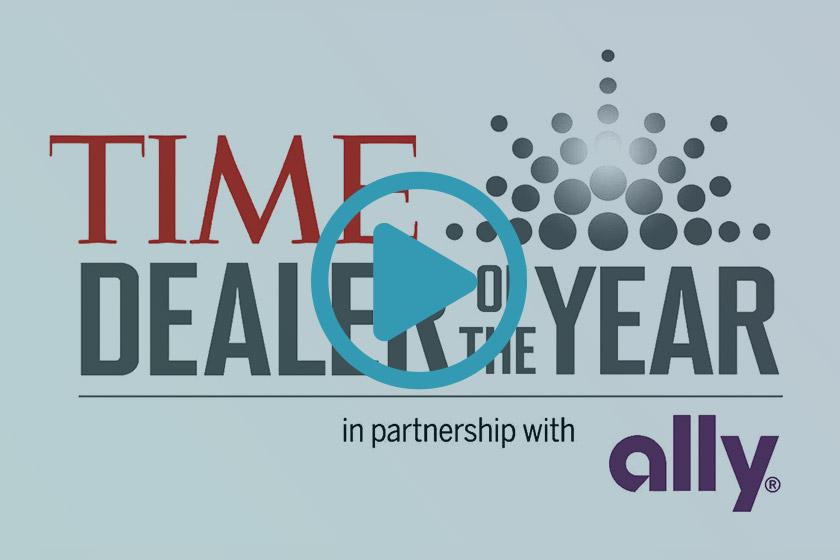Advertisers have long depended on third-party cookies to guide their efforts in digital ad buying and targeting. Recently, however, Google announced that it would be phasing out third-party cookies sometime in 2024. What once seemed like a distant deadline now looms closer by the day, and it’s important for advertisers to start thinking seriously about how they will respond to this significant change.
At enCOMPASS we’ve been dutifully preparing for the phase-out of third-party cookies, and are modifying our client’s strategies to be prepared for exactly what this means for their campaigns with us. Allow us to offer just a few quick tips and strategies for other advertisers who may be wondering what to do about the impending end of third-party cookies on Google.
5 Strategies for Addressing the End of Third-Party Cookies
1) Start focusing on first party data.
One of the most important ways to prepare for the end of third-party cookies is to start building better processes for gathering, harvesting, and implementing third-party data. Now’s the time to start taking a look at the information you have in your CRM software; to start segmenting it into different user groups, and also to develop new ways to grow that CRM data.
The best way to do this is to focus on personalized messaging that resonates with consumers at each stage of the journey. By providing a customer experience that feels customized, you can ultimately move consumers through the sales funnel and develop more actionable data within your CRM system. Such data is precious and will become all the more so when Google cuts third-party cookies.
2) Look for contextual signals.
Before advertisers had the option to buy audiences, they would buy context. In other words, they would match their ad campaign content and keywords to sites that had similar content… and much of the time, this strategy was successful.
As such, there is real merit to honing this skillset. Over the next few months, work on identifying and optimizing toward contextual signals, which can include everything from comments to keywords to video meta descriptions. A/B ad testing can be an effective way to determine which contextual signals are the best fit for your campaign goals, and for your specific audience.
3) Develop the right measurement mentality.
Even when third-party cookies vanish, there will still be a need to measure and to optimize. However, it’s going to be important for advertisers to adjust their expectations a little bit. Remember that there are going to be a lot of different solutions proposed, and they won’t be one-size-fits-all. Advertisers will need to be nimble, willing to experiment, and comfortable with a bit of trial and error.
With that said, we’ll note that most advertisers agree on one thing: Linking online activity to offline identifiers is likely going to play a bigger and bigger role, and could help improve the quality of your analytics once cookies are going. That’s something we’d advise you keep on your radar.
4) Prepare for regulatory compliance.
Some states have already rolled out new consumer privacy laws, with California leading the charge. We expect other states to follow suit. That’s just the nature of working in the digital space, and our best advice to advertisers is to stay alert and willing to adapt to new regulatory changes. At enCOMPASS, we’ll certainly keep our eye on new compliance laws, and help our clients adapt in kind.
5) Work with a trustworthy partner.
The end of third-party cookies does not have to mean the end of your digital ad buying or targeting. You’ll still have opportunities to utilize first-party opt-in data, for example, which will be highly beneficial for your digital marketing strategy. However, adjusting to the new normal is going to require a steady vision and technical expertise. As such, it’s important for brands to have a dependable partner to guide them through the shifting digital landscape. Specifically, you’ll need a reliable advertising partner that can help you identify the best data partners to optimize ID solutions, maximizing your reach once third-party cookies are out of the picture.
At enCOMPASS, we’re well-versed in many strategies for gathering data and using it to fine-tune digital ad campaigns… and we’re already honing new ways to help our clients once third-party cookies are no longer an option.
If you have any questions about what the future holds for digital advertising, or if you’d like to talk more about the options available for adjusting to this impending change, we’d love to hear from you. Reach out to the enCOMPASS team whenever you’d like to talk with us.
SHARE THIS ARTICLE:



